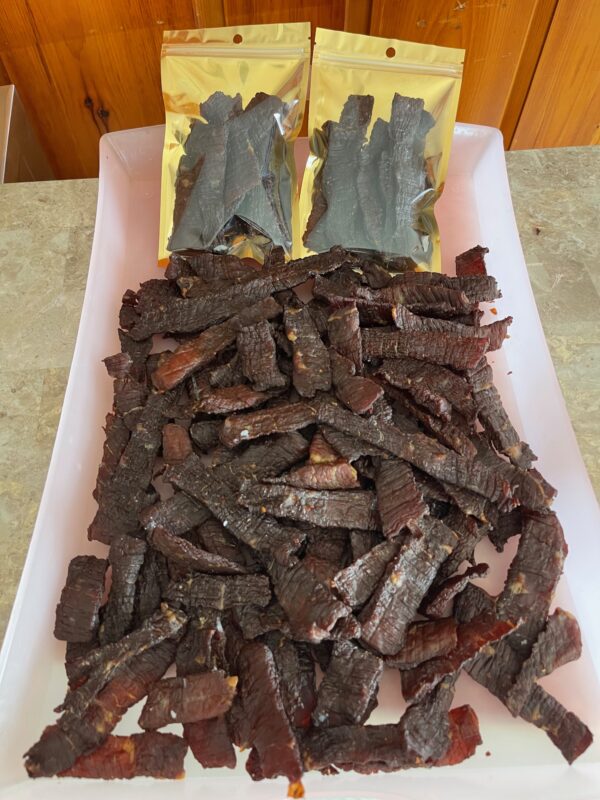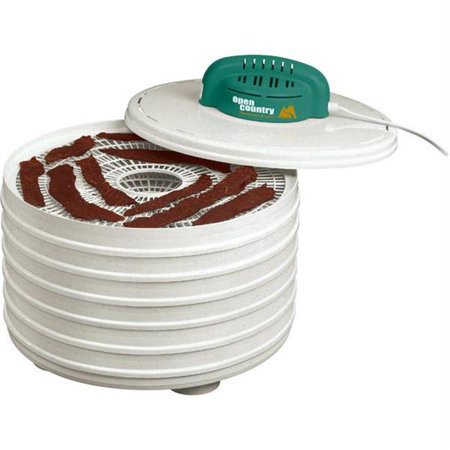
I have been making beef jerky for 20+ years. It all started at our apple orchard, when I was a child. We had the typical round, white dehydrator with stackable trays and one setting. My Uncle used to butcher many whitetail deer at the farm so we would set aside pieces of venison that could be made in to jerky. The seasoning consisted of salt, pepper, garlic powder and some seasoned salt. I can still taste it today. It was delicious. The jerky industry has evolved and there are many products out there to make the process easy. I’m going to explain the best I can, and offer some tips & tricks on how you can make jerky in your own home.
People have been making beef jerky for centuries and there has been evidence that forms of dried meat, or jerky, dates back to the 1500s. Native Americans figured out how to dry meat for later consumption by smoking it and salt curing it to remove the water contents from the meat.
With today’s technology and the products that are readily available, making jerky in your home is a breeze. There are some things you should be aware of anytime that you are working with food, and as always, you must consider any types of allergies when working with food, especially if you are sharing with friends and family.
What you will need to make beef jerky
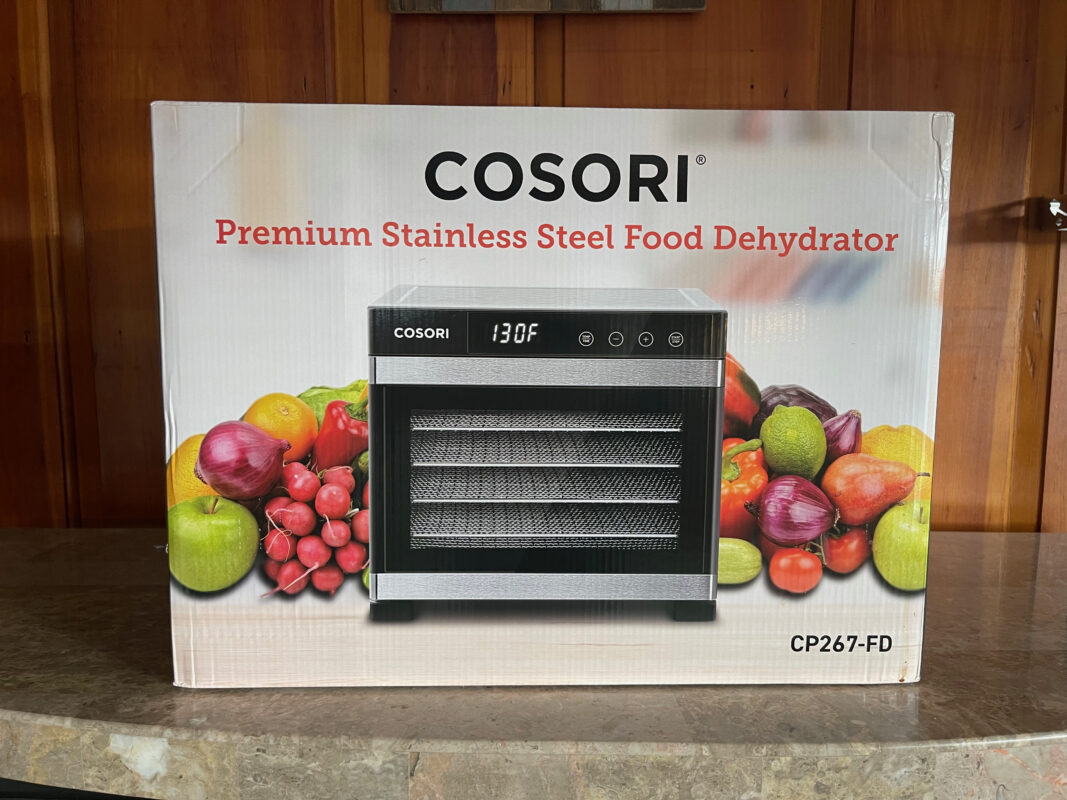
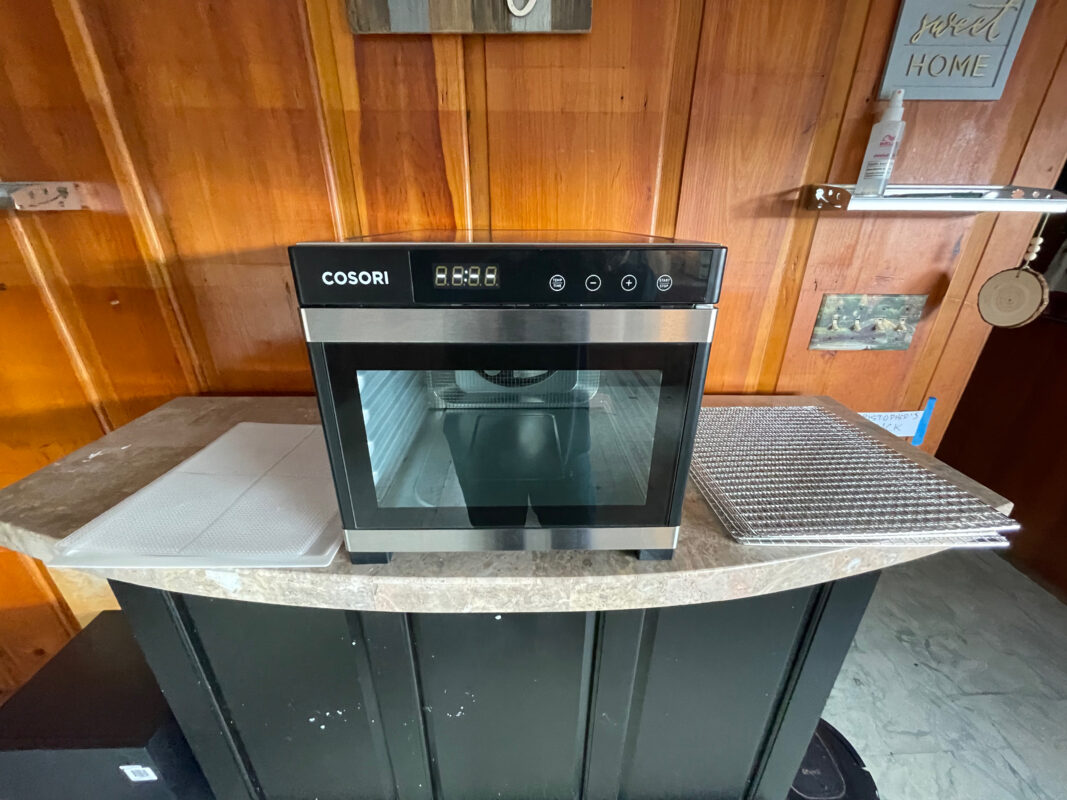
- A drying appliance, such as a dehydrator, oven or air fryer. This article pertains directly to a dehydrator, so that is what I would recommend. Whether it’s a simple one, like the one pictured above, or a newer one with digital controls. If you are looking to buy one, I recommend the Cosori 6-try dehydrator you can have at your house tomorrow through Amazon.
- Beef roast, or slices of roast from the butcher. Try to use top or bottom round, or eye of the round. You will want as little fat content as possible. Fat does not dehydrate and can cause moisture to stay in the meat.
- Kitchen tools: cutting board, your favorite, sharpest knife, ziploc bags or sealable containers
- Ingredients: Soy/Teriyaki sauce, curing salt, brown sugar, pepper, or whatever else you want to concoct.
Where to buy meat for homemade beef jerky
The easy answer is the grocery store. However, they may not have the best cut of meat available at the best price. I like to use bottom round roasts in the 3-5 pound range. I’ve found I can fit a 4 pound batch of marinated beef in the Cosori 6-try dehydrator with no issues, and no leftovers. There are 4 grocery stores in my town and one discount wholesale club, BJ’s. When I’m making personal batches, or small batches of beef jerky for friends, I will go to my local discount wholesaler and pick up at 5 pound roast, which usually runs around $25. You will want to find the roast with the least amount of silver skin, fat cap and marbled meat within the roast.
If your local grocery store has a butcher on site, you can specifically request different cuts of meat, and you can also request that they cut it up for you. This should be provided free of charge. You can optionally use a meat slicer, if you have one, however you will have to freeze the meat for an hour or two to harden the roast. It’s very difficult to cut raw, thawed meat.
Once you have your meat trimmed (remove fat cap and silver skin, and as much fat as you can), you are ready to cut it. There are two ways to cut your roast to prep it for your beef jerky. If you want a chewy finished product, cut with the grain, if you want a tender finished product, cut against the grain. Cut the roast in to roughly 1″ thick “steaks”, and then cut 1/8″ – 1/4″ strips, or you can cut any size or shape you desire. The thickness of your jerky strips will determine your dehydrating time. Set your strips aside, and let’s move on to the marinade.
How to make a homemade beef jerky marinade
This is where you can get creative. The type of marinade you want depends on personal preference. My personal favorite is Teriyaki Garlic, and I will share that recipe below, and offer up recipes to other beef jerky marinades for you to make in your home.
You should marinate your beef for jerky from 4 hours to 24 hours. The most common practice is to marinate it in the refrigerator overnight, and start your drying process the next day. It’s possible to marinate your jerky too long and ruin the meat, so you will want to make sure you don’t marinate for longer than 24 hours.
You don’t always have to marinate beef for jerky making, there are also dry rubs or seasoning kits you can use, or you can create your own by blending together different herbs and spices. You will want to use plenty of curing salt when you use this process to dry the meat out. This will allow other ingredients to easily protrude the beef.
Boondock’s Teriyaki Garlic
For every pound of meat:
- 1.5 cups of Kikkoman Teriyaki Sauce
- 1 tablespoon of Garlic Salt
- 1/4 teaspoon Curing Salt
- 2 tablespoons of Minced Garlic
Marinate for 24 hours, stirring or shaking every 6 hours, or at least twice.
Created for Boondock’s Jerky by Dave Wiles
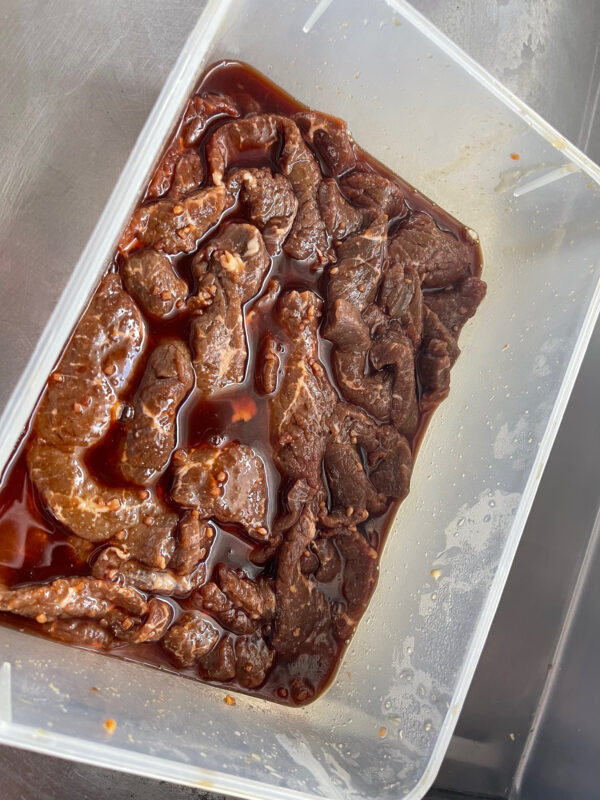
How long should I dehydrate, or dry, homemade beef jerky?
Now that your beef is marinated, we are ready to start the drying process. Whether you use an oven or a dehydrator, the process is pretty much the same. With an oven, the airflow is pretty much non-existent, so you would want to keep a close eye on your beef jerky while it’s drying out in the oven.
The temperature should be 160-165 degrees Fahrenheit if using a dehydrator, and 160-180 in your oven, if it can go that low.
The typical length of dehydrating homemade beef jerky is 4-6 hours. You will want to load all of the racks in your dehydrator with evenly spaced out beef slices. It’s optional to rotate your jerky racks every hour, but not required.
You don’t want to leave the beef jerky in the dehydrator for too long, the final product can end up getting really hard and unbearable to eat. The perfect homemade beef jerky will bend and start to break, but won’t fully crack. If it snaps clean off, you’ve gone too far! It’s truly an art and a matter of personal preference to the length you dehydrator your homemade beef jerky.
Do a taste test, and always be sure to write down your process. It will come in handy when you are trying to repeat it. Enjoy!
How to store homemade beef jerky
Storing fresh beef jerky is always done best in an air-tight storage solution. Ziploc bags are fine if you are only planning on storing your beef jerky short term. You can also use mason jars with an air-tight lid.
If you have a food-saver, feel free to vacuum seal your homemade beef jerky to enjoy for 4-6 months! After vacuum sealing your homemade beef jerky, you can also put it in the freezer to further preserve it up to 1 year!
If you want to store homemade beef jerky long term, you will want to pay attention to the cut of meat you buy. If you can get beef with NO FAT content in it whatsoever, the jerky will last much longer. You can also remove a bunch of the moisture of beef jerky by soaking it in salt water before marinating. This will make your finished product taste saltier, however.
Thanks for reading Boondock’s article on how to make homemade beef jerky!
I try to give an insight in to my world of making beef jerky. If this article has helped you in any way, I’d really appreciate a comment, or a share! Enjoy your jerky!
